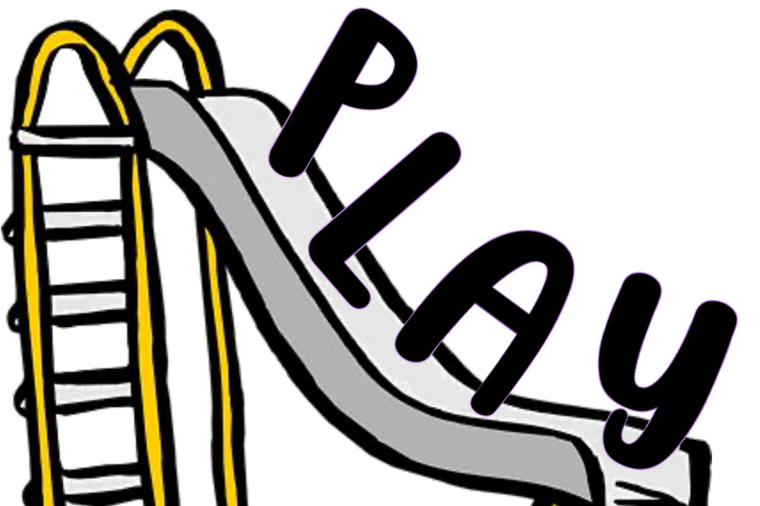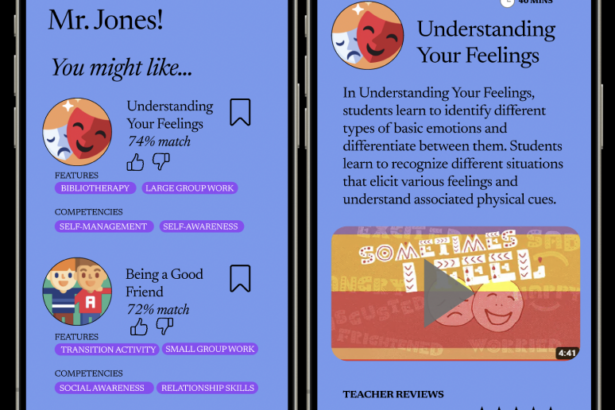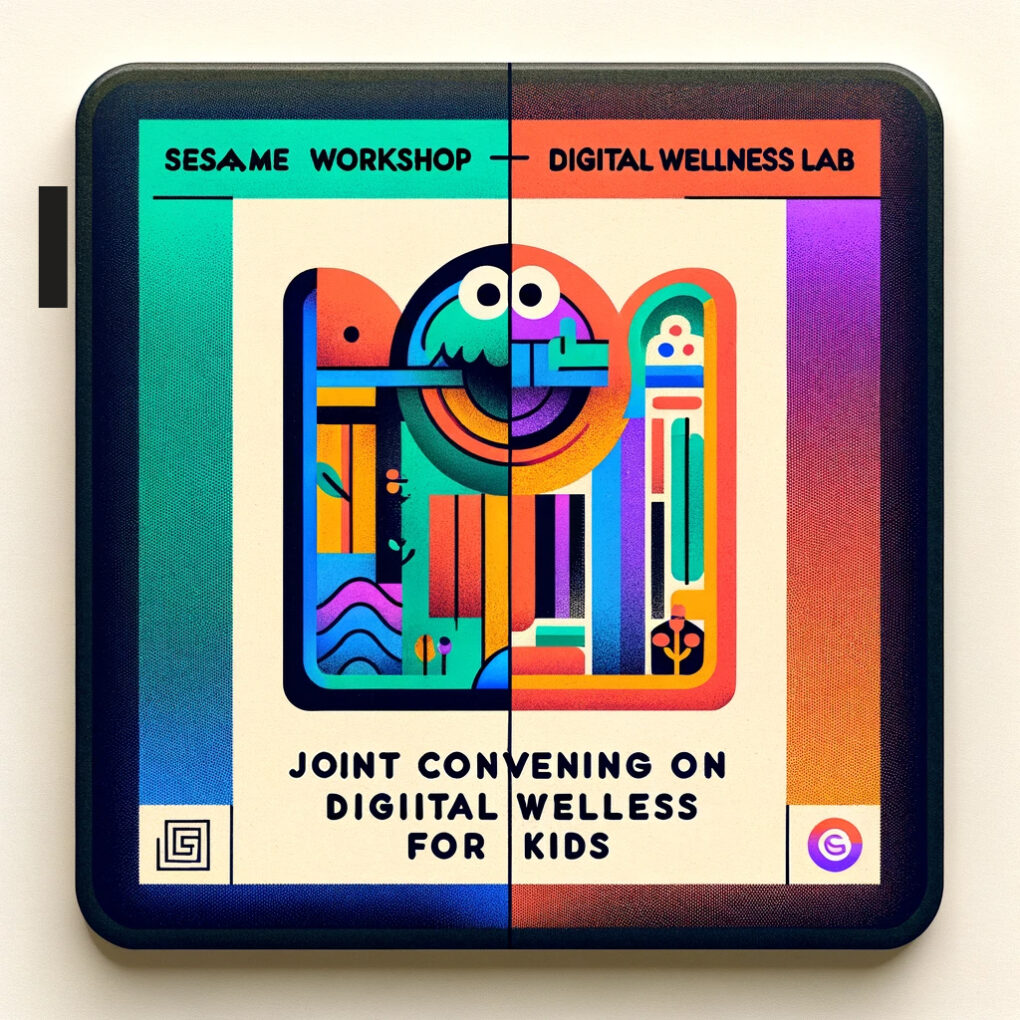Unlock the power of dialogic learning! Q&PLAY is a guide for parents to turn playtime into meaningful moments for child development. With both physical book and digital app forms, Q&APLAY gives caregivers suggested questions to ask during a child’s play to help develop various social, emotional, cognitive, and reflective skills.
Contextual Note on Learning Design: To me, learning design means thoughtfully planning knowledge experiences. Through the course of the LDIT PCE in Fall 2023, I have come to think about what ‘thoughtfully planning’ really means, and what some important considerations are for when designing learning experiences. These considerations are pointed out as post-text within my project description below.
About Q&PLAY
Parenting resources are everywhere you look, from clinics to community centres, grandparent stories to the depths of ‘Mom-Tok.’ Everyone claims to know what’s best for the long-term development of children, and in some ways, everyone is right. Parenting comes naturally to many, however with the overwhelming knowledge available, and the innate desire to want what’s best for their children, it tends to seem impossible to be able to do all ‘the best things’ at once. → When designing learning experiences, I think it is important to put yourself in the shoes of your users, gaining a sense of empathy to be able to better understand the root gaps and needs.
Play time, however, is a constant. Children instinctively play with the things they see around them, and through play, they are often subconsciously developing their physical motor skills and sense of curiosity. With the simple act of asking a child a thoughtful question while they play, this play-time can become elevated to also foster social and emotional skills such as resiliency and self-confidence, skills which are crucial to develop during early childhood, and which are often overlooked. → Assessing existing systems is an important step of learning design as it enables you to see what works well or is user-approved, and what does not. It prompts thinking about the long term impacts, and ultimately the theory of change of your own learning experience.
Q&PLAY brings parents an easy-to-use guide to dialogic learning. Very clean, very simple process: search/select a toy-, material-, or object- type that your child is playing with, and be given five suggested questions to ask during play. Swipe through cards for additional question sets. Choose another toy-type, or read the snapshot reference guide to understand more broadly what different question types do for your child. → Think about the use-cases and context of use. This project was intentionally designed to be simple, and have one core use (search, see questions, repeat). Part of the goal of Q&PLAY was to strengthen parent-child relationships, and the parent being on their device using the app with a distracting, or multi-interaction interface may take away from that bonding, and may be seen from the child’s perspective as a lack of presence from the parent. This influenced the simplicity of the design, as well as the choice for five question cards as opposed to one at a time.
While being given a very simple user interface and experience, Q&PLAY enables parents to have the agency to play how they feel would be best for their child, building the skills they want their child to enhance. With both digital and printable reference guides and optional notifications, parents can learn about the connections between question types and child skill development to form their own style of play while furthering their relationship with their child. Additionally, the openness of the toy-types, including objects from around the house expand the reach of this tool, demonstrating how the world is a child’s playground, reducing any hesitations parents might have about not having the brightest and shiniest toys. This reminds parents that all types of play, even playing with food, can be enhanced to further social and emotional skills.→ It is important to acknowledge the pre-existing skills and resources of the users and balance offerings to the potentially varied skill-sets of users – finding the balance between not wanting users to think by way of a difficult user interface, and not being prescriptive with a ‘recipe’ or assumption that there is only one way forward. Including ‘nature’s toys’ and keeping the categories to toy-types as opposed to specific toy brands reduces access barriers.
Looking Ahead
Since every child may be at different learning levels, there is an opportunity to tailor the parent’s experience to their child by asking for the initial age and skill development of their child, and the toys and materials a child may have access to. Gathering journal entries or feedback from the parents on how the child is reacting to certain question types, how the child’s development is adjusting over time, etc. could help keep track of progress and adjust the proposed questions to the child, such that they are slightly ahead of the child’s current skill levels, and yet are accessible so the child continues to grow. These ‘journal’ entries could theoretically be saved to a profile so that multiple caregivers can access the child’s profile simultaneously and share continuous progress in the profile. Additionally, with multiple children, having play-dates, or being in a group-play setting, there could be a collaborative play feature which tailors the questions to the skills of the children playing together to ensure all children are furthering their skills. These ideas along with many others came up through the design process and while they each sound like great features for encouraging dialogic learning and furthering child development, they would also imply additional buttons and potential distractions within the app. They are all features I have captured as potentials for future version ‘releases’ however I have not included them in my initial PCE project as the ultimate goal of Q&PLAY, for now, is to share dialogic learning with parents. While this means the questions would be more general and local to the device to prevent repeated questions, I would like to gather feedback on the core use of the app before expanding, and had to consciously make this decision. → Start simple, make note of additional ideas, and keep them for later iterations and revisions. Gather feedback on the simple experience, ensure the ultimate goal of the experience is met, and expand or refine to meet additional needs from there. It is easy to overcomplicate and let the scope of a project creep up!
The conscious decision was ultimately meant to assess the impact of the app for the core goal of encouraging social and emotional skill development in children. Without gathering parent feedback, measuring that impact is difficult, so I plan to add a review function after a certain number of uses to assess parents’ overall experience with the app and gauge if they are seeing a difference in their child’s development or in their relationship with their child. → Designing for impact: Be intentional with the experience and stay true to your goals while ensuring you can also gather feedback and assess for future revisions.
User Impact
While Q&PLAY is meant as a tool for parents, the ultimate impact is for the children, their increased skill development. With that in mind, the project design as well as future app features were focused on the various branches of the child’s ‘ecosystem’ as Brofenbrenner describes it. Usability by caregivers, car takers, baby sitters, teachers with the profile sharing functionality. Consideration for sibling and friend play with the collaboration feature, ease of use and agency from the app user, and the extended experience from the presence a child feels when being played with or asked the questions as described above. While some of these features do not yet exist in the current version, the goal is that they will extend the reach of dialogue learning to anyone interacting with any child, and will feel like they have learned, as well as played a role in the child’s development → Thinking about all extensions of the users, and building a community of cheerleaders.
This tool can be used for any and all play with children ages 0-6, however the usability is not restricted to these years, nor is it expected for the full duration. Thinking about it from a product perspective, ideally the parent feedback feature gets added both to evaluate the impact the program is having on the child, as well as how much the parent is learning. Without it, the parent or user learning is what will contribute to spreading dialogic learning and enhancing child development, and hence reduced use over time is expected. While this may not be product or business-minded, it is focused on the intended outcome and impact. As mentioned above, the usability, minimalist design, the number of questions being shown at a time, the ability to print and remove yourself from the app entirely were all thoughtfully considered for the user experience. The user experience of Q&PLAY extends beyond the app use and into the child’s playground, focusing on the parent-child bonding and child development. → Thinking about the user journey, paying attention to all the little details that affect a user’s experience.



